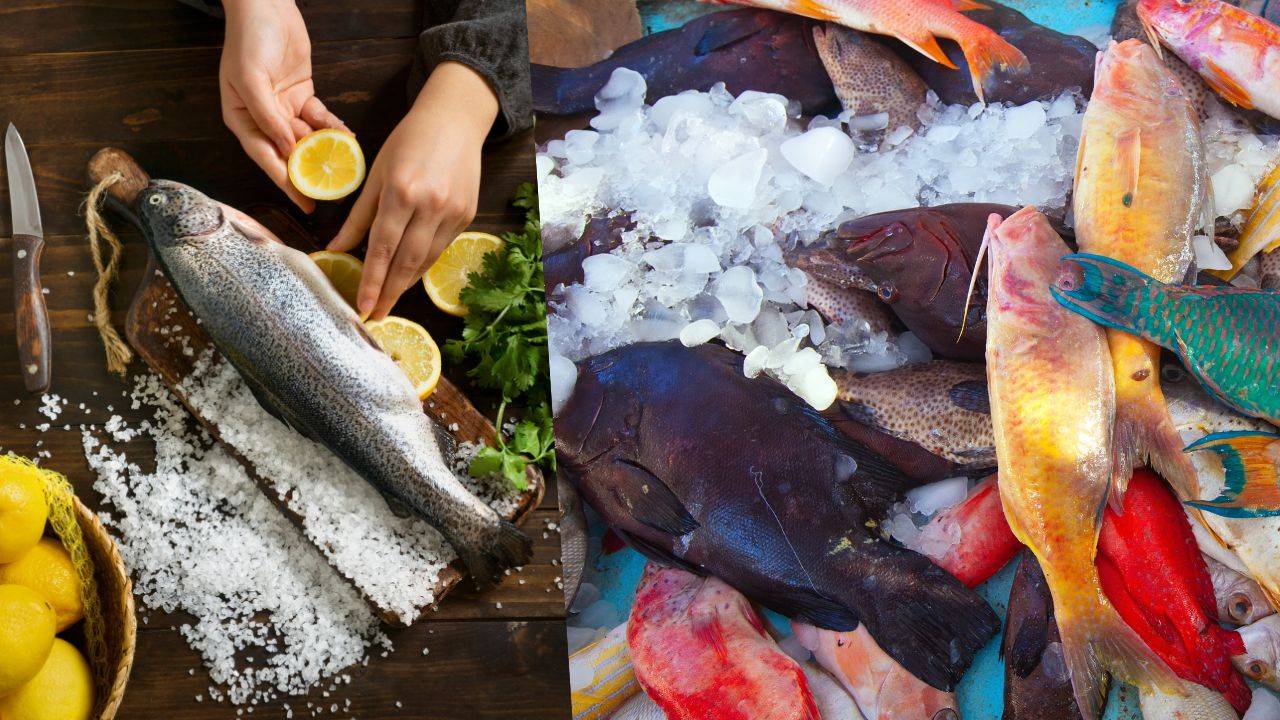
Traditionally, fish preservation in our country has relied on curing, a method that is both cheap and age-old.
Disadvantages of Fish Curing
However, there are some disadvantages to the current curing practices:
-
Low-quality fish is often used.
-
Poor-quality salt, containing dirt and sand, is commonly used.
-
Fish curing yards lack good-quality water.
-
Fish is stacked in cement tanks with alternating layers of salt, leading to contamination with sand during the drying process.
-
Contamination with red halophilic bacteria limits the storage life of the cured fish to two or three weeks.
Advantages of Fish Curing
The Central Institute of Fisheries Technology Research Centre at Calicut has developed an improved method for curing fish:
-
Freshly caught fish is immediately washed in clean sea water to remove slime and dirt.
-
Strict hygiene is maintained during further processing, with all work done on clean tables.
-
Chlorinated water is used for cleaning operations.
-
Fish is dressed, viscera is removed, and scales are taken off for certain types of fish.
-
The dressed fish is washed and allowed to drain.
-
Good-quality salt is applied uniformly to the fish on the salting table.
-
The salted fish is stacked in cleaned cement tanks for at least 24 hours.
-
Excess solid salt is rinsed off, and the fish is dried on clean platforms.
-
A preservative mixture of calcium propionate and powdered salt is dusted on the dried fish.
-
The fish is then packed in sealed polythene bags for retail or polythene-lined gunny bags for wholesale.
Advantages of this method include:
-
Simplicity, making it easy for the common man to adopt.
-
Prevention of contamination with harmful bacteria, increasing the storage life of cured fish.
-
Calcium propionate does not affect the fish's colour, smell, or taste.
-
Cost-effectiveness, considering the enhanced shelf life and potential for increased prices in the market.
















